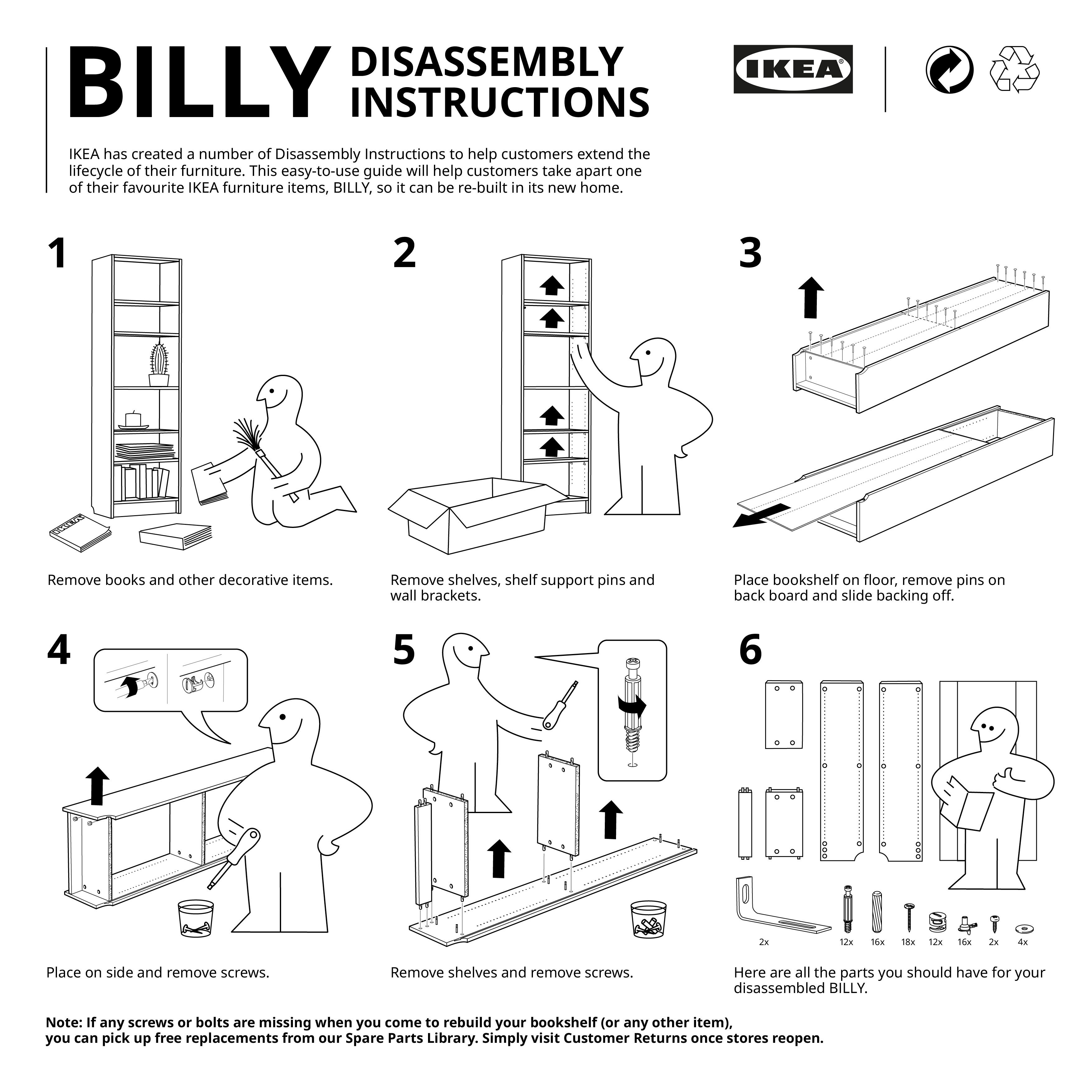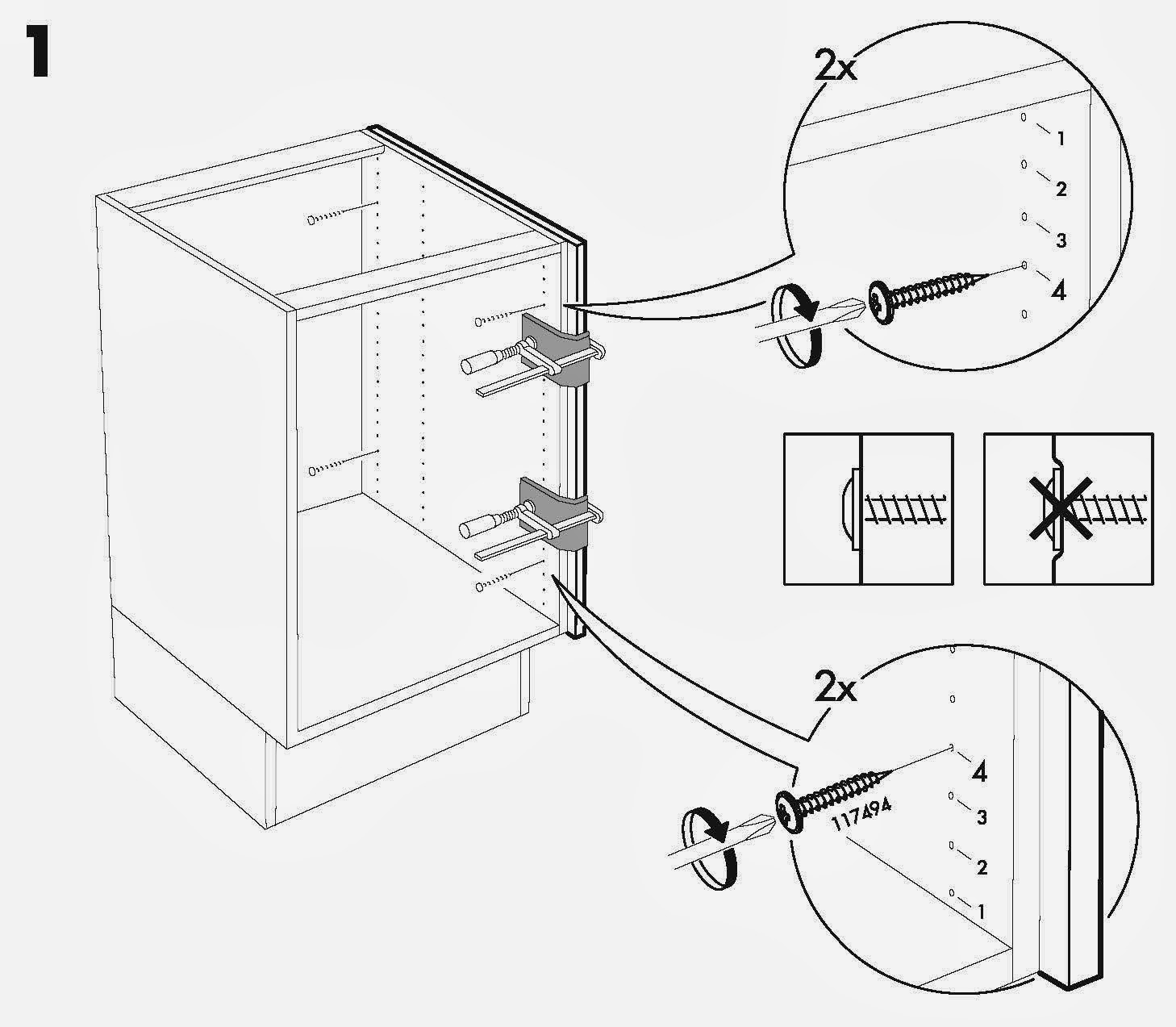IKEA Stall Shoe Cabinet Assembly Challenges and Solutions

Assembling your IKEA Stall shoe cabinet might seem like a breeze, but let’s be real, Pontianak style, sometimes it’s more like navigating a swamp in flip-flops! We’ve all been there, wrestling with cam locks, battling stubborn dowels, and wondering if we accidentally bought a flat-pack puzzle instead of furniture. This guide will help you conquer those assembly demons and emerge victorious.
Common Assembly Difficulties
Several common issues crop up during the IKEA Stall shoe cabinet assembly process. These often stem from misaligned parts, difficulty inserting cam locks, and confusion regarding the assembly sequence. Incorrectly positioned panels or missing parts can also significantly hinder progress. Understanding these potential problems allows for proactive solutions.
Step-by-Step Solutions to Assembly Problems
Let’s tackle those pesky problems one by one. First, always double-check that all parts are present before you even think about cracking open the Allen key. If a part is missing, immediately contact IKEA customer service; they’re usually pretty helpful. If a cam lock is proving stubborn, try lightly lubricating it with soap or a specialized lubricant. For misaligned panels, gently but firmly tap them into place using a rubber mallet. Avoid using excessive force; remember, it’s just a shoe cabinet, not a spaceship. If you’re still struggling with a specific part, refer to the IKEA assembly instructions, paying close attention to diagrams.
Tips and Tricks for Efficient Assembly
Here’s where the Pontianak wisdom comes in. Lay out all your parts before you start – trust me, it saves a lot of time and frustration. Work in a well-lit, spacious area to avoid accidental scratches and dropped parts. Use a power drill (with the correct drill bit size, of course) for pre-drilling pilot holes before screwing in the cam locks – this prevents wood from splitting. If you find yourself struggling with a particular step, take a break and come back to it with fresh eyes. And most importantly, don’t be afraid to ask for help from a friend or family member – an extra pair of hands (and maybe a cold drink) can make all the difference.
Comparison of Assembly Methods
| Assembly Method | Pros | Cons | Time Estimate |
|---|---|---|---|
| Following IKEA Instructions Carefully | Systematic, reduces errors | Can be time-consuming, requires careful reading | 45-60 minutes |
| Using a Video Tutorial | Visual aid, helpful for complex steps | Requires internet access, may not cover all variations | 30-45 minutes |
| Seeking Help from a Friend | Faster assembly, shared workload | Requires coordinating schedules | 30-45 minutes |
| Improvising (Not Recommended!) | Potentially faster (if you know what you’re doing) | High risk of damage, structural instability | Variable, potentially longer |
IKEA Stall Shoe Cabinet
Okay, so you’ve conquered the assembly beast that is the IKEA Stall shoe cabinet – congrats! Now let’s talk about jazzing it up a bit. Because let’s be honest, even the most practical furniture deserves a touch of personal flair, right? We’re diving into the world of variations and customization options, Pontianak style!
IKEA Stall Shoe Cabinet Variations
The IKEA Stall shoe cabinet isn’t just one size fits all. You’ll find variations in dimensions, offering different storage capacities to suit your needs. Think of it as choosing the perfect *kuih lapis* – some are tall and thin, others are short and wide, all delicious in their own way! Color options also vary; you might find classic white, sleek black, or even some bolder shades depending on the current IKEA collection. Material-wise, it’s usually constructed from particleboard or fiberboard, known for their affordability and durability. These core variations provide a good starting point for personalization.
Customization Options for the IKEA Stall Shoe Cabinet
Adding extra shelves is a popular way to maximize the storage potential of your Stall cabinet. Imagine neatly organized shoes, neatly arranged bags, or even stacks of neatly folded sarongs – the possibilities are endless! Modifying the design is another avenue for customization. For instance, you could add decorative molding to the edges, giving it a more sophisticated look. Painting it a vibrant color is another easy way to transform its appearance. Remember to always choose paints suitable for particleboard to ensure durability.
Adapting Assembly for Customization
Adding extra shelves requires careful planning. You’ll need to measure the internal dimensions of the cabinet precisely and cut the new shelves to fit. Make sure you use appropriate shelving supports to ensure stability and prevent sagging. For more complex modifications, like adding molding or painting, it’s best to assemble the cabinet completely first. This allows you to work on a stable, finished surface.
Visual Guide to Customizing the IKEA Stall Shoe Cabinet
Let’s say we’re adding two extra shelves to a standard Stall cabinet.
Step 1: Measurement and Cutting: Carefully measure the internal width and depth of the cabinet. Subtract a few millimeters to account for the shelf supports. Cut two pieces of wood (plywood or similar material) to these dimensions. Ensure the cuts are straight and clean for a professional finish.
Step 2: Shelf Support Installation: Attach shelf supports to the cabinet’s side panels at the desired heights. Use appropriate screws and ensure they are securely fastened. Pre-drilling pilot holes will prevent the wood from splitting.
Step 3: Shelf Placement: Carefully place the cut shelves onto the installed supports. Make sure they are level and evenly distributed across the width of the cabinet.
Step 4: (Optional) Finishing Touches: Once the shelves are in place, you can add decorative touches like paint, wallpaper, or contact paper to personalize the look of your customized cabinet.
Comparing IKEA Stall Shoe Cabinet Assembly to Other Similar Products: Ikea Stall Shoe Cabinet Assembly Instructions

Choosing a shoe cabinet can feel like navigating a jungle of styles and brands. While IKEA’s Stall shoe cabinet is a popular pick, it’s worth comparing its assembly process to similar offerings to see how it stacks up. This comparison focuses on assembly difficulty, included parts, and overall design, helping you make an informed decision.
Assembly Process Comparison
The IKEA Stall shoe cabinet’s assembly is generally considered straightforward, relying heavily on cam locks and dowels. Instructions are typically clear (though some might argue they could be more detailed), and most people can assemble it within a reasonable timeframe, even without prior furniture assembly experience. However, the flat-pack nature means careful attention to detail is crucial. Other brands, particularly those with pre-assembled or partially assembled cabinets, naturally offer a faster and simpler assembly process. Some higher-end brands might use more sophisticated joinery techniques, reducing the reliance on simpler methods like cam locks.
Component and Material Differences
IKEA’s Stall shoe cabinet usually uses particleboard or similar engineered wood, offering a balance between affordability and durability. Some competing brands might opt for solid wood, offering a more premium feel and potentially greater longevity but at a higher price point. The included hardware typically consists of basic cam locks, dowels, and screws, whereas some other brands might include more robust hardware or even pre-installed components. The finish and overall quality of materials can vary significantly between brands, influencing both the assembly process and the final product’s appearance and lifespan.
Design and Functionality Comparison
The IKEA Stall shoe cabinet’s design is typically minimalist and functional. Its simple lines and neutral color palette allow for easy integration into various home styles. However, some consumers may find the design somewhat basic, lacking the ornate detailing or unique features found in some competitor products. Other brands might offer cabinets with additional features, such as adjustable shelves, integrated seating, or mirrored doors, potentially enhancing functionality and aesthetic appeal. The size and storage capacity also differ across brands, so it’s important to carefully consider your needs before making a purchase.
Comparative Table, Ikea stall shoe cabinet assembly instructions
| Feature | IKEA Stall | Brand X (Example: A higher-end brand) | Brand Y (Example: A budget brand) |
|---|---|---|---|
| Assembly Difficulty | Easy to Moderate | Easy (Pre-assembled sections) | Moderate to Difficult (poor instructions) |
| Materials | Particleboard | Solid Wood | MDF (low quality) |
| Hardware | Cam locks, dowels, screws | High-quality hinges, concealed hardware | Basic, potentially flimsy hardware |
| Design | Minimalist, functional | Elegant, detailed | Basic, possibly cheaply made |
| Price | Budget-friendly | High-end | Very budget-friendly |
| Warranty | Standard IKEA warranty | Extended warranty | Limited or no warranty |
